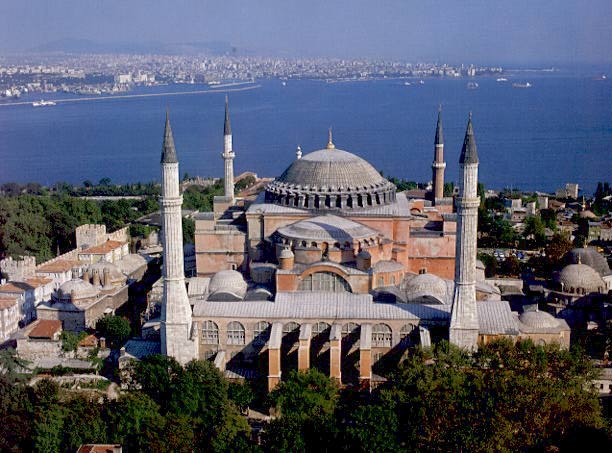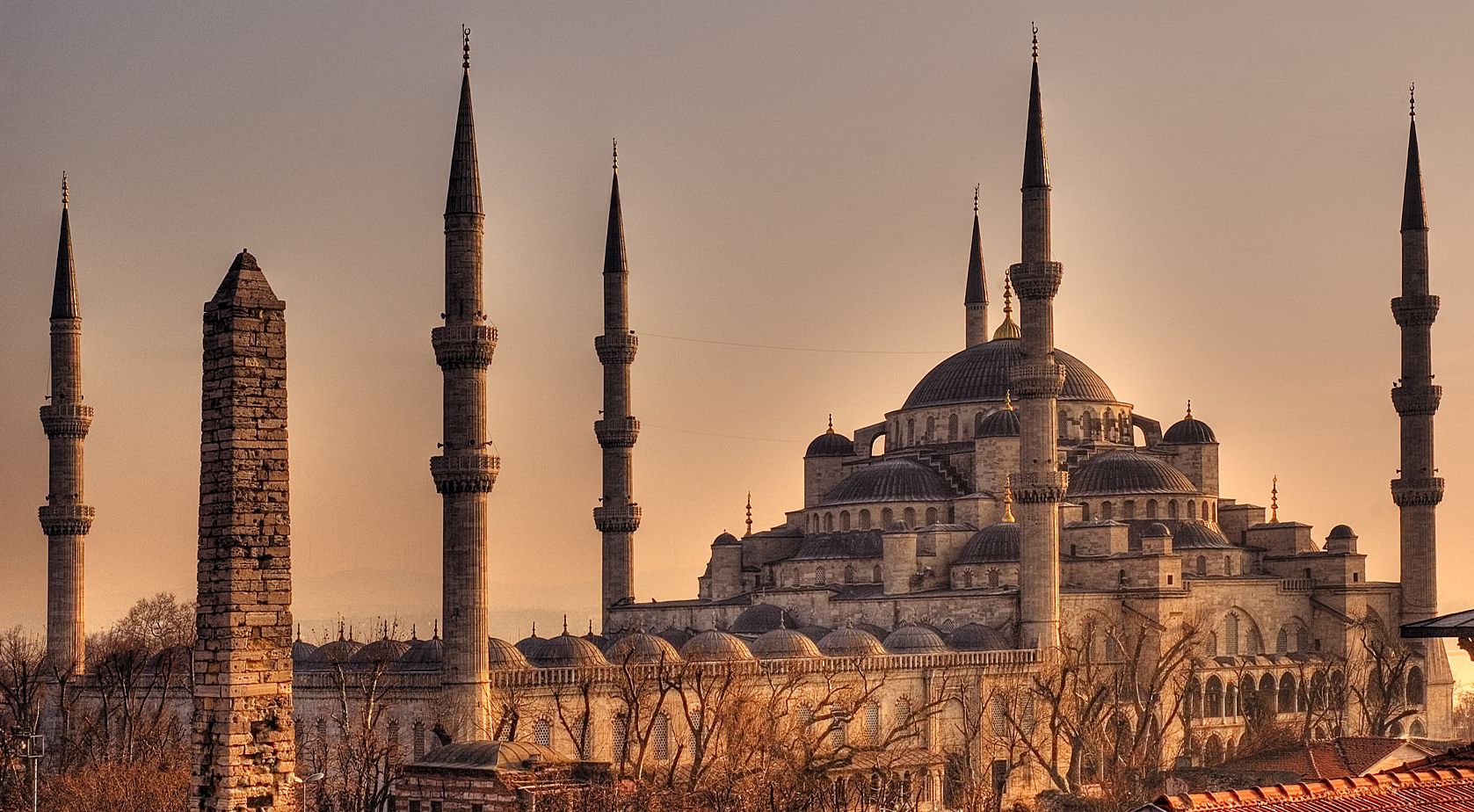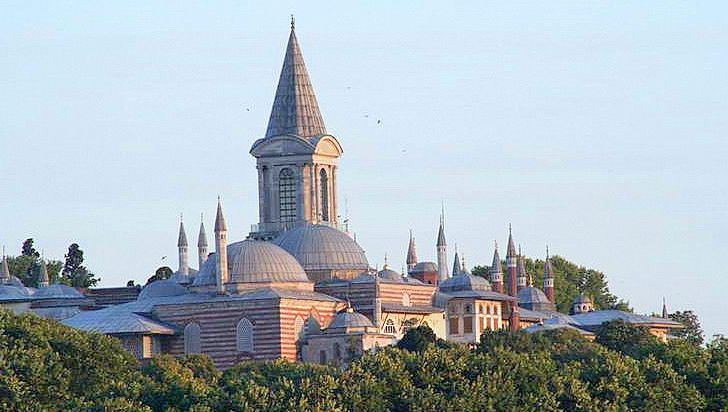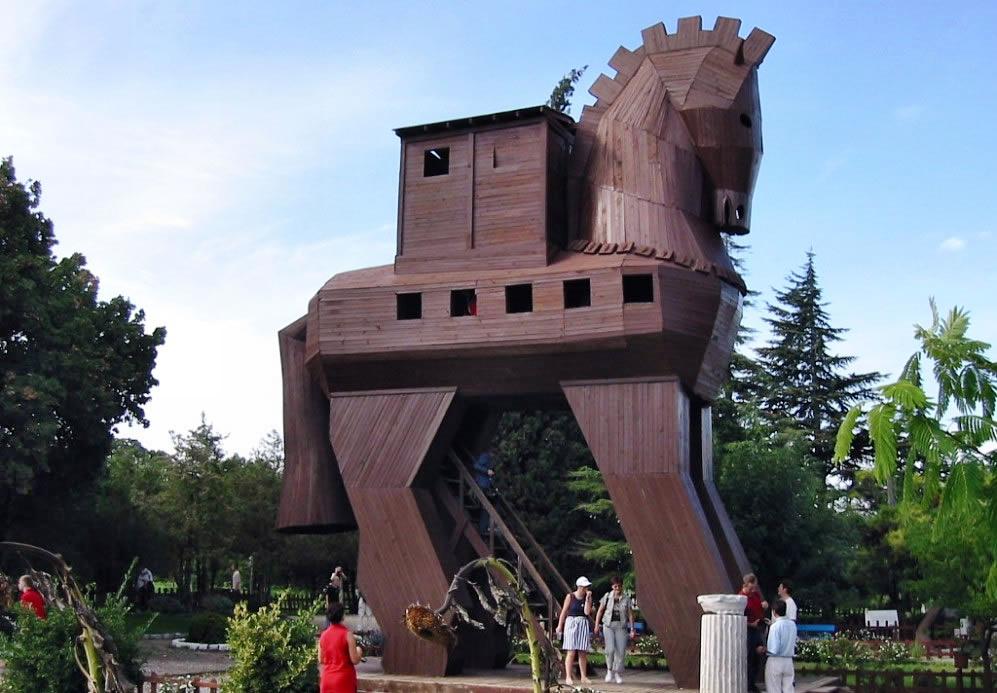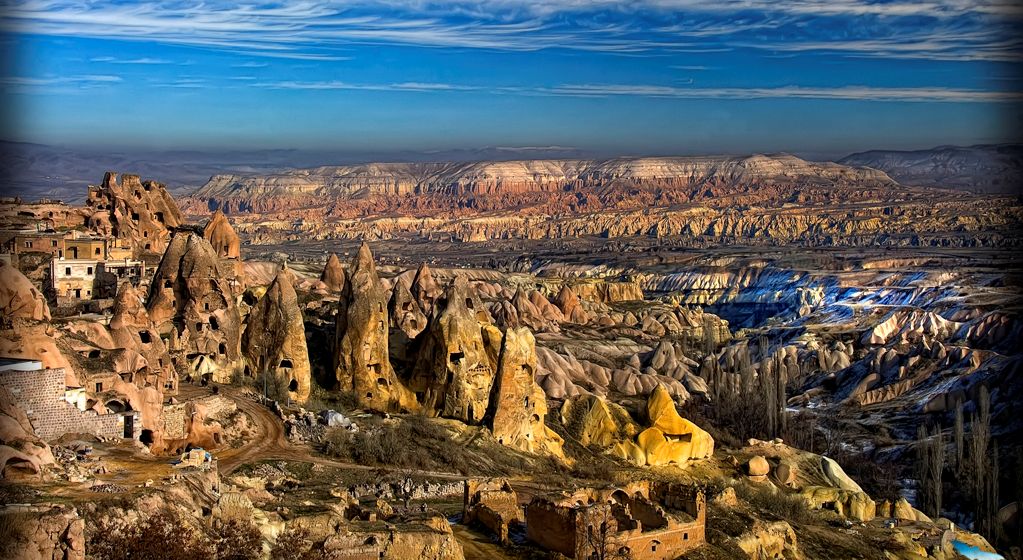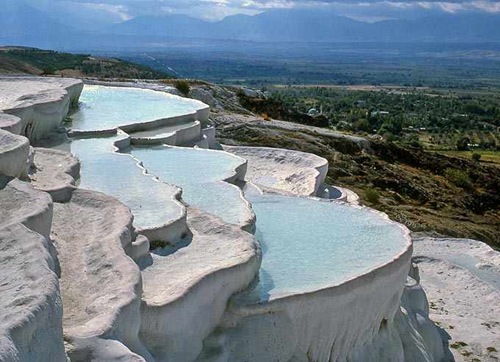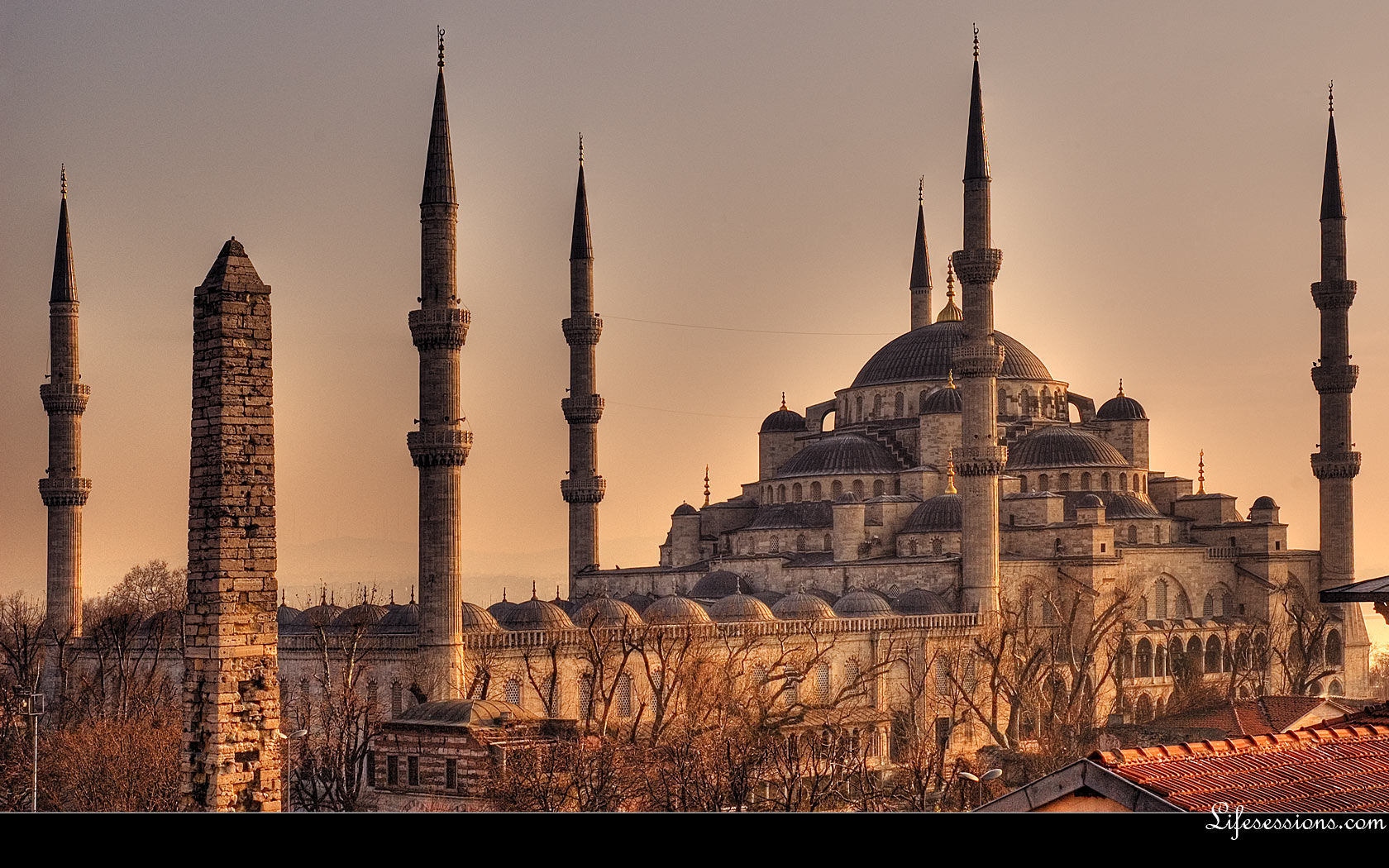Turkey
 Turkey is a democratic republic, located on the continents of Asia and Europe. The state was founded in 1923 by Mustafa Kemal Ataturk. Founding father Mustafa Kemal Ataturk tried to modernize Turkey by many social reforms along the lines of various European states.
Turkey is a democratic republic, located on the continents of Asia and Europe. The state was founded in 1923 by Mustafa Kemal Ataturk. Founding father Mustafa Kemal Ataturk tried to modernize Turkey by many social reforms along the lines of various European states.
The capital of Turkey is Ankara, the biggest city of Turkey is Istanbul.
Location
Turkey extends geographically across two continents. Firstly Anatolia, the Asian part of Turkey’s territory. With around 3 % of its land Turkey is located on the European continent.
The coastline stretches about 7,200 km. In the west coast there is the Aegean Sea, the Mediterranean Sea is in the south of Turkey and in the north you can find the Black Sea. The northern borders of the Mediterranean region are the Taurus Mountains. In the east it borders at the Amanos Mountains. In this region are mainly citrus fruits, bananas, tomatoes, peanuts and cotton.
Language
The official language of Turkey is Turkish, which is spoken by more than 80% of the Turkish population as their mother tongue and by 10-15% of the population as a second language. In addition, there are about twenty five languages from different language families.
Religion in Turkey
99% of the Turkish population is Muslim. The position of Islam as state religion was abolished in 1928 under the founder of the Turkish Republic Ataturk. Turkey is a secular state. The separation of church and politic is governed by its constitution.
Examples of sights
 The Hagia Sophia
The Hagia Sophia
The Hagia Sophia was built in the 6th century. She was the center of the Christian religion in the Byzantine Empire in Constantinople (now Istanbul). At that time she also served as the coronation church of the Roman emperors. The Hagia Sophia was built by the Roman Emperor Justinian I. The dome of the Hagia Sophia is 56 meters high and 31 meters in diameter.
In 1453 Constantinople had been conquered and the Hagia Sophia was converted into a mosque. Under Ataturk, the founder of the Republic of Turkey, the Hagia Sophia became a Museum in 1932. In this time many of the Christian mosaics were uncovered again. She is now one of the most popular tourist destinations in Istanbul.
 Sultan Ahmed Mosque
Sultan Ahmed Mosque
The Sultan Ahmed Mosque is known as the ”Blue Mosque”. It was built in 1609-1616 by order of Sultan Ahmed I. The Sultan Ahmed Mosque with its six minarets is one of the landmarks of Istanbul.
The mosque is located opposite of the Hagia Sophia. At prayer times and especially on Fridays at noon, the people go to the venerable mosque to do their prayers.
 Topkapi Palace
Topkapi Palace
The Topkapi Palace in Istanbul was the seat of government and residence of sultans and the administrative center of the Ottoman Empire for centuries. Topkapi Palace was built shortly after the conquest of Constantinople (1453) by Sultan Mehmed II.
Since then, all Ottoman rulers resided in the Topkapi Palace. In 1856 Sultan Abdülmecid I. moved to the new Dolmabahçe Palace on the other side of the Golden Horn on the banks of the Bosphorus. Both palaces are now museums. The palace consists of several buildings with a large garden and has an area of 69 hectares.
 Archaeological Site of Troy
Archaeological Site of Troy
With its nearly 4000-year history, Troy is one of the most famous archaeological sites in the world and is an UNESCO World Heritage Site.
The famous siege of the city took place in the 13th / 12 th Century BC, reported by Homer long time before the real Troy has been discovered. It hasn’t been discovered until the 19th Century. In 1870 the famous archaeologist Heinrich Schliemann conducted the first excavations. The numerous finds are evidences of the cultural exchange of civilizations of Anatolia and the Mediterranean.
 Rock Sites of Cappadocia
Rock Sites of Cappadocia
The famous landscape of Cappadocia is characterized by volcanic eruptions and a UNESCO World Heritage Site. It offers unforgettable sights and impressions.
The rock monuments are also known as ”fairy chimneys”. Under the rocks there are hidden cave systems, which conceal whole cities. The construction of the caves was started about 4000 BC. This region of central Anatolia is near the legendary Silk Road.
 Calcium formations of Pamukkale
Calcium formations of Pamukkale
Pamukkale is a place not far from Denizli. One of the most beautiful natural wonders can be admired already from a distance. The white sinter terraces are cascades of glittering calcification. The sinter terraces of Pamukkale were formed by calcareous thermal springs over thousands of years.
Even in ancient times these healing springs fed the city of Hierapolis. Famous is the healing power of the hot springs of Pamukkale. The thermal springs are arising from hot springs and contain important minerals for the body.
In 1988, the sinter terraces of Pamukkale have been classified as a World Heritage Site.
1.3% of the area of Turkey is under nature protection. This includes ten coastal reserves, 18 nature reserves and 41 national parks.



